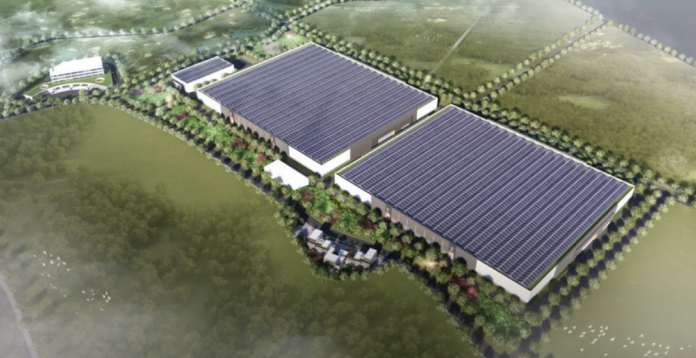Money is currently no insurmountable obstacle.
In a recent editorial in the business magazine Kapital, Kepler Cheuvreux’ seafood analyst Christian Nordby wrote that he would not be surprised if land-based salmon production would reach to Chilean levels by the end of the decade.
Chilean salmon production, in open-net cages, is estimated to be 702,000 tonnes in 2021.
Ridiculous
The reactions came in.
Mowi Canada East chief executive director Alan Cook called the prediction “ridiculous”.
But funding could be a challenge for many of the planned land-based fish farming projects. And there are already plans to build facilities that can produce between 2.2 and 2.3 million tonnes of salmon annually.
88 companies
This will appear in a recent industry report written by iLaks’ and SalmonBusiness’ journalists.
The over 90-page industry report will present as many as 88 specific companies with advanced plans to construct land-based salmon in the years to come. The industry report will be released on Monday 22th March, but it can already be pre-ordered by contacting iLaks or SalmonBusiness.
The report stated, among other things, that it is not money that is the biggest challenge for companies, who want to succeed in land-based fish farming.
Expertise
“The primary bottleneck, at least in the short term, is the supply of expertise in building and operating land-based facilities. These are complicated projects, and from experience, we know that there is much that can and will go wrong if you do not bring experienced people both on the customer and supplier side,” said Veolia Aquaculture Solutions marketing director Per Håkon Stenhaug.
“As of today, a few hundred people have built or operated modern smolt facilities based on flow-through or recirculation and may be available for this initiative, and certainly not the thousands required to establish a production of two million tonnes,” he said.
“Based on such thinking, a prudent development rate over the next 3-5 years may be around a hundred thousand tonnes per year. However, as the picture looks now, it is likely that much more will be built, with the risk that it will entail both for investors, but not least for the salmon that will grow up in these environments,” added Stenhaug.


